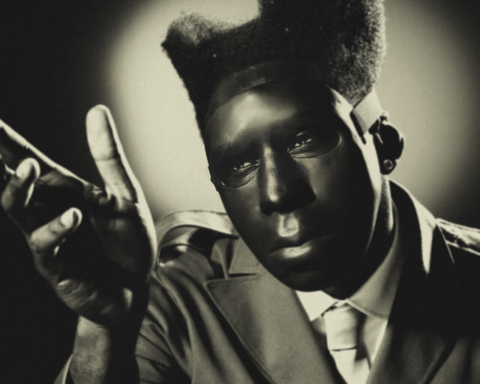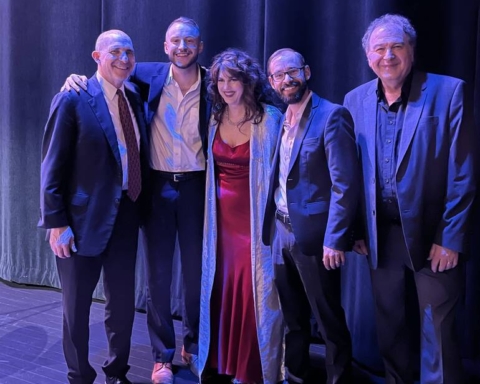By Lauren Zazzara
Features Assignment Editor
With the newest film adaptation of “The Great Gatsby” that came to theaters two years ago, a nostalgic frenzy for the ‘20s swept the nation. With this frenzy came a resurgence of interest in F. Scott Fitzgerald.
Fitzgerald lived wildly, in an almost Gatsby-esque world of alcohol and parties. This lifestyle took a heavy toll on Fitzgerald’s family, especially his wife Zelda.
The novel “Z: A novel of Zelda Fitzgerald” by Therese Anne Fowler, uses letters and historical evidence to create a fictional story of what Zelda’s life could have been like as she grew up and throughout her marriage to Scott.
Zelda grows up in Montgomery, Alabama, where she is the life of the party and the daughter who made her parents wring their hands in frustration. All of the boys want to know her, and all of the girls want to be her. Zelda meets Scott at a party and it is love at first sight. She imagines her life with him, a writer, to be romantic and adventurous. She soon finds out that these qualities will only last for a few years.
Scott quickly becomes consumed with meeting new people, making new connections, making money and getting drunk. In his most intoxicated moments, he hits Zelda and at one point tells her that he doesn’t love her anymore. Zelda ends up in several mental hospitals in recovery for what doctors believed was schizophrenia.
Scott dies from a heart attack in California, while Zelda is recovering at home with her family.
As a historical-fiction novel, the author must take liberties. Fowler did interpretations to the best of her abilities, however, some of the moments she depicts could be misleading and may have taken too many liberties. For example, at the end of the novel in the Author’s Note, Fowler said that she knew that Ernest Hemingway and Zelda had tension between them but was unsure of the root of it. So in the novel, she creates a scene where a drunken Hemingway tries to get Zelda to sleep with him, and Zelda tricks him into thinking she will oblige and then runs away, saying that he will never be the man that Scott is. This image paints Hemingway as a despicable scoundrel, and even though it is fiction, it taints readers’ opinions of him.
The novel consists of several letters that Zelda writes to Scott and to her friends. Fowler states that these letters are fictional and based off of real letters. It would have been interesting to have included those real letters in the novel. They would provide a more accurate account of Zelda’s writing voice and her relationships.
Besides these minor faults, the novel is interesting and paints a vivid picture of what life in the Fitzgerald family may have been like. Although it is about 350 pages, the writing is clear and fairly simple, making the book a quick read. Anyone with an interest in the Jazz Age era beyond the novels that writers such as Fitzgerald and Hemingway created should give this book a read.








